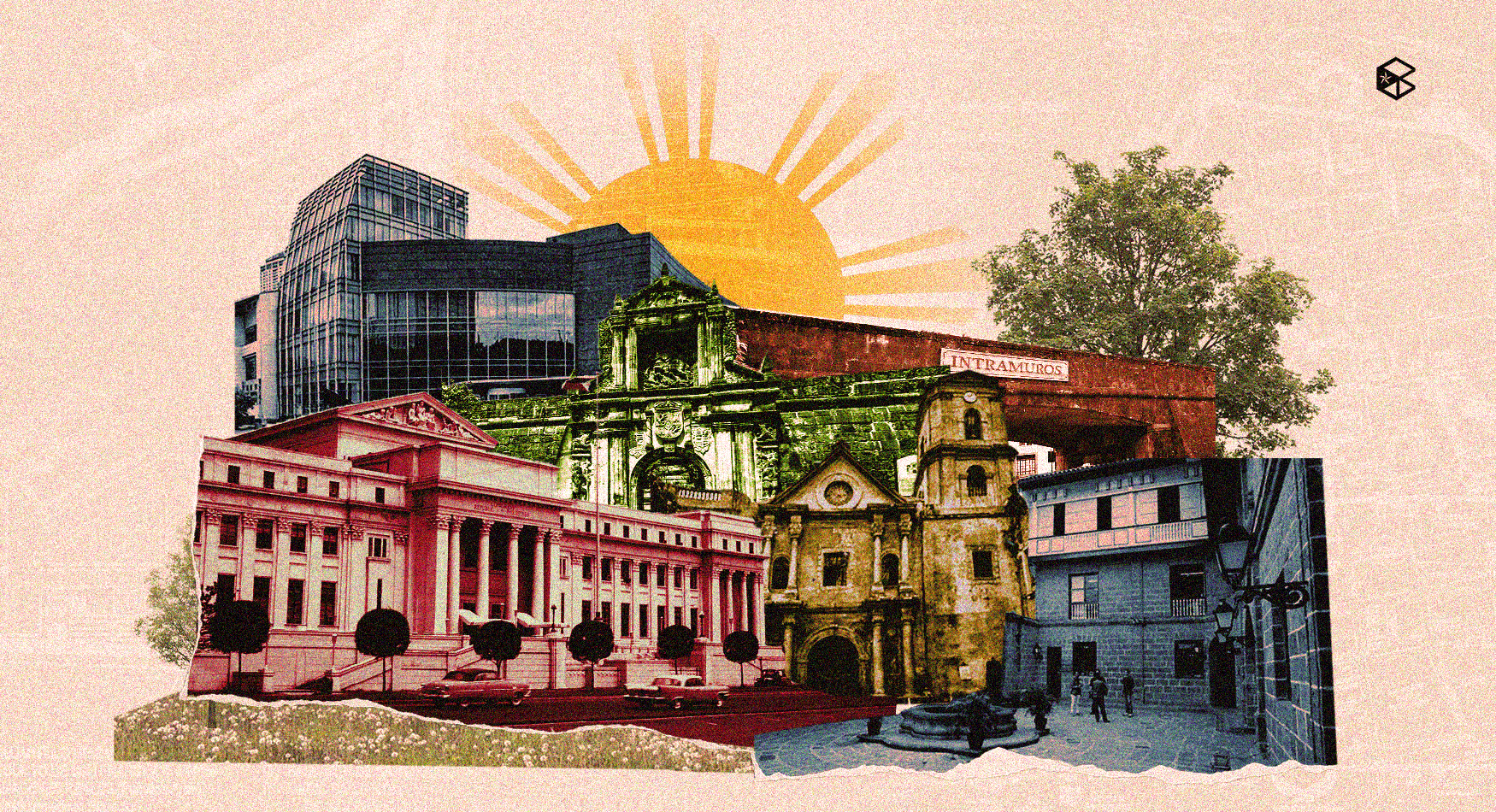Looking to the past to face the future, National Heritage Month this May calls us to look at our heritage not as just another history lesson but as a celebration of the Filipino identity. What better way to celebrate than a visit to spaces that bring Filipino heritage to life?
Engage with Filipino heritage on a deeper level through these six spaces, where visitors can immerse themselves in local culture in a way no history lesson can replicate.
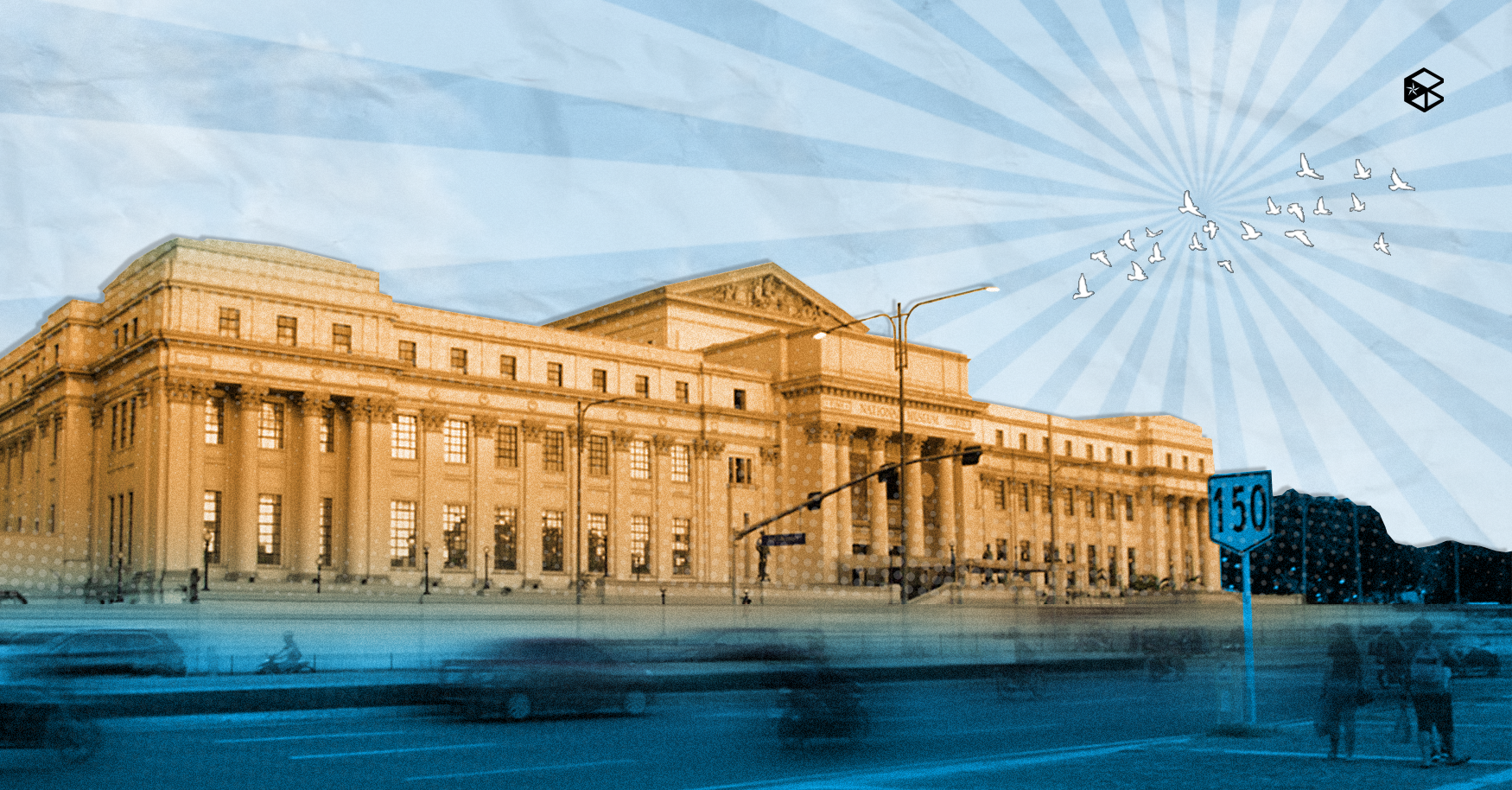
National Museum complex
Consisting of three museums located in proximity to each other at P. Burgos Drive, Rizal Park, and Teodoro F. Valencia Circle, Ermita, Manila, the National Museum complex is a convenient and great first stop for those looking to delve deeper into Filipino heritage. The museum complex is made up of the National Museum for Fine Arts, National Museum for Anthropology, and the National Museum of Natural History.
Each museum focuses on a different aspect of history and heritage, bringing a little bit of something for everyone to enjoy. Wander through each hall containing valuable pieces of our history and culture, whether that be paintings created by national artists or artifacts that link us with our ancestors.
The museums offer free admission to the public from 9 a.m. to 6 p.m. Visitors must present a valid ID for registration upon entry to any of the museums. For any additional information and updates, follow their Facebook and Instagram pages.

Intramuros
The iconic walled city of Intramuros, located in Manila, houses many tangible links to Filipino heritage. Known for its well-preserved Spanish-colonial architecture, the city brings visitors down the streets of the past, literally. Aside from museums and a whole city of preserved architecture, Intramuros also houses various restaurants and shops featuring uniquely Filipino food and paraphernalia.
Interested tourists can book the Bamboo bike tour, a unique and eco-friendly way to explore the city’s long winding streets. Visitors can also access the visitor’s guide on the Intramuros Administration website for more information on activities and guided tours within its walls.

San Agustin Church
Located on General Santos St. in Intramuros, the San Agustin Church is the oldest stone church in the country. Within its ornate interior are historically and culturally significant objects that continue to link the contemporary world to the country’s long history and heritage. A living artifact from an era long gone, the church remains active and is still being used for its original intended purpose, such as Catholic masses, weddings, and other similar ceremonies.
Visitors must take note that the church is closed to tourists during Catholic mass, so it’s best to plan ahead or take to the streets and explore the rest of the historic city.
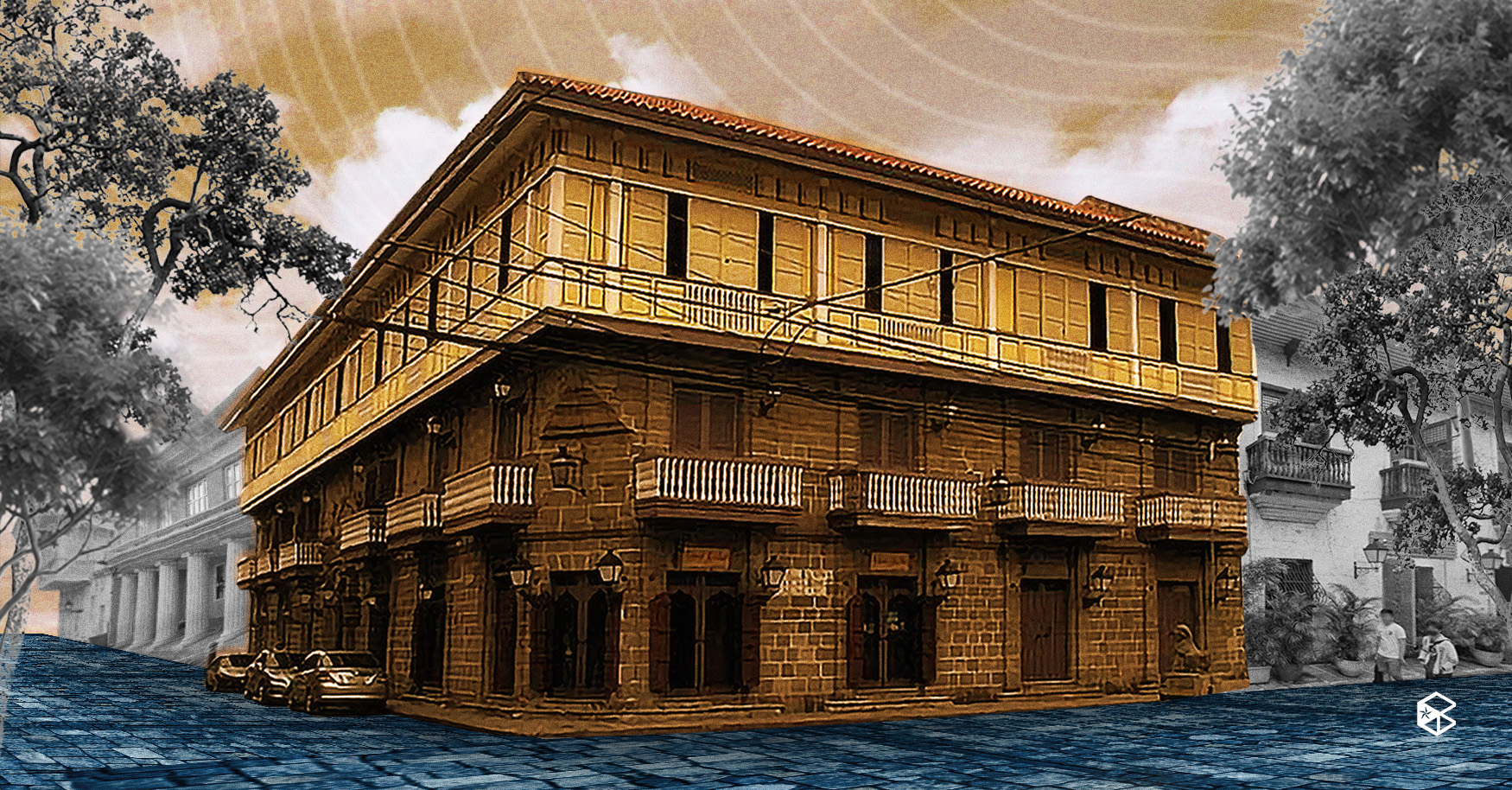
Casa Manila
Dubbed as a living museum, Casa Manila immerses visitors in the lifestyle of an affluent Filipino family during the late Spanish Colonial period. Located just across San Agustin Church in Intramuros, the house is furnished with period furniture and artifacts gathered from across the world to faithfully replicate how it would have looked then.
Tying together history and culture, Casa Manila allows visitors to explore what life would have been like for affluent Filipino families during this bygone era. The museum, delicately arranged with its artifacts, creates an immersive space while also offering a tangible connection to the country's heritage.
Casa Manila is open to the public for an entrance fee of ₱75 (regular rate), ₱50 (discounted rate for children, senior citizens, students, and government employees who present a valid ID), from 9 a.m. to 6 p.m. Tuesday through Sunday, except on national holidays or should the space be reserved for special events. For more information, visitors can visit the Intramuros Administration website.
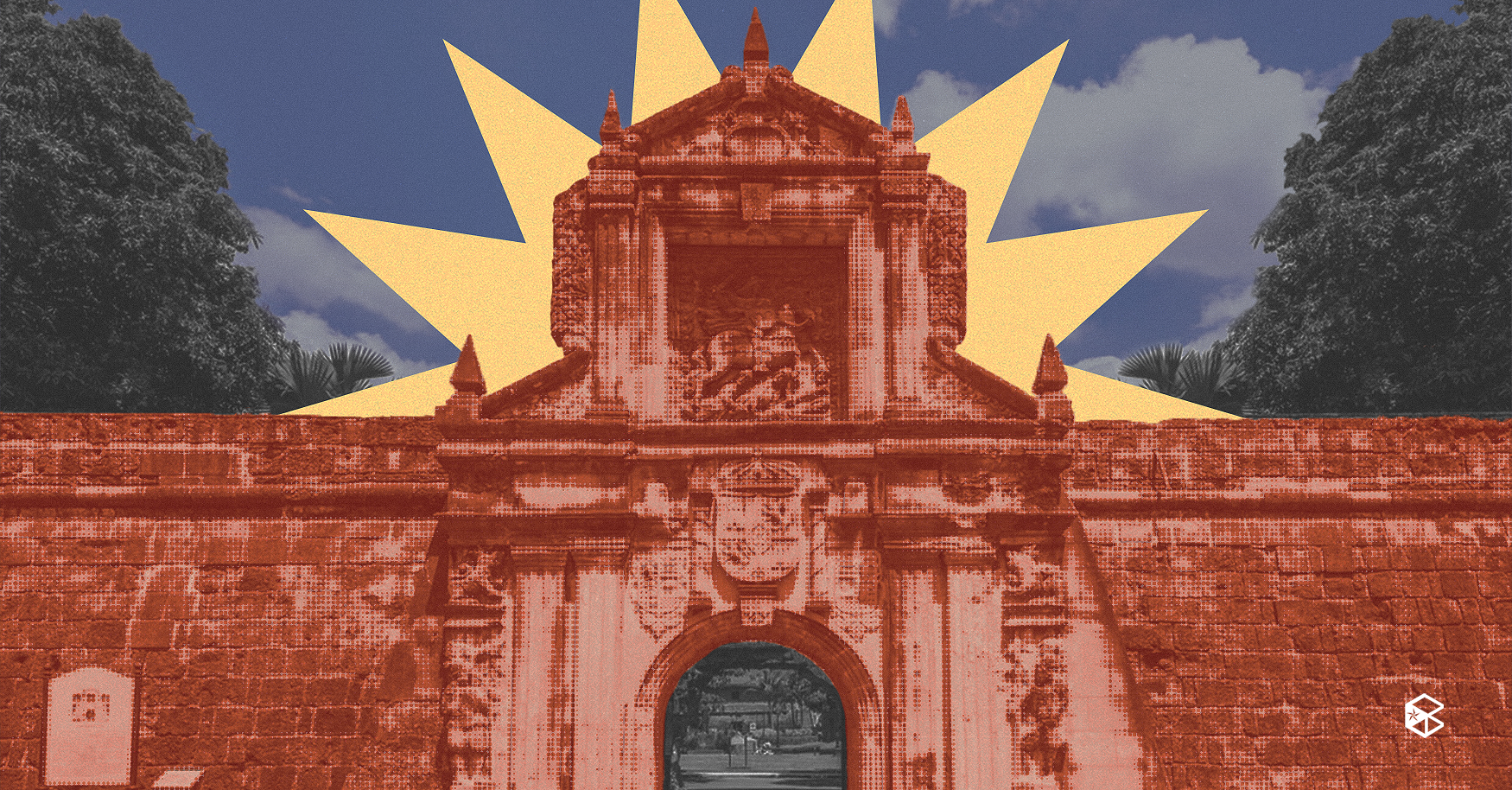
Fort Santiago
Located on Sta. Clara St. in Intramuros, Fort Santiago is one of the oldest fortifications in Manila, originally built by the Spaniards in 1571. Following a series of destructions and restorations, it continues to stand today as a memorial to victims and sacrifices made by Filipinos in their pursuit of freedom.
Inside the Fort, tourists can walk through the well-preserved historical sites such as the Rizal Shrine, the Baluarte de San Francisco Javier (restored 18th-century Spanish military barracks), and the various underground chambers and ruins located within the fortified walls of Fort Santiago.
The Fort is open to the public for an entrance fee of ₱75 (regular rate), ₱50 (discounted rate for children, senior citizens, students, and government employees who present a valid ID). Its visiting hours are from 8 a.m. to 10 p.m. Monday through Friday (with the last entry by 8:00 p.m.) and 6:00 a.m. to 10:00 p.m. (last entry by 8:30 p.m.), except on national holidays. For more information, visitors can visit the Intramuros Administration website.
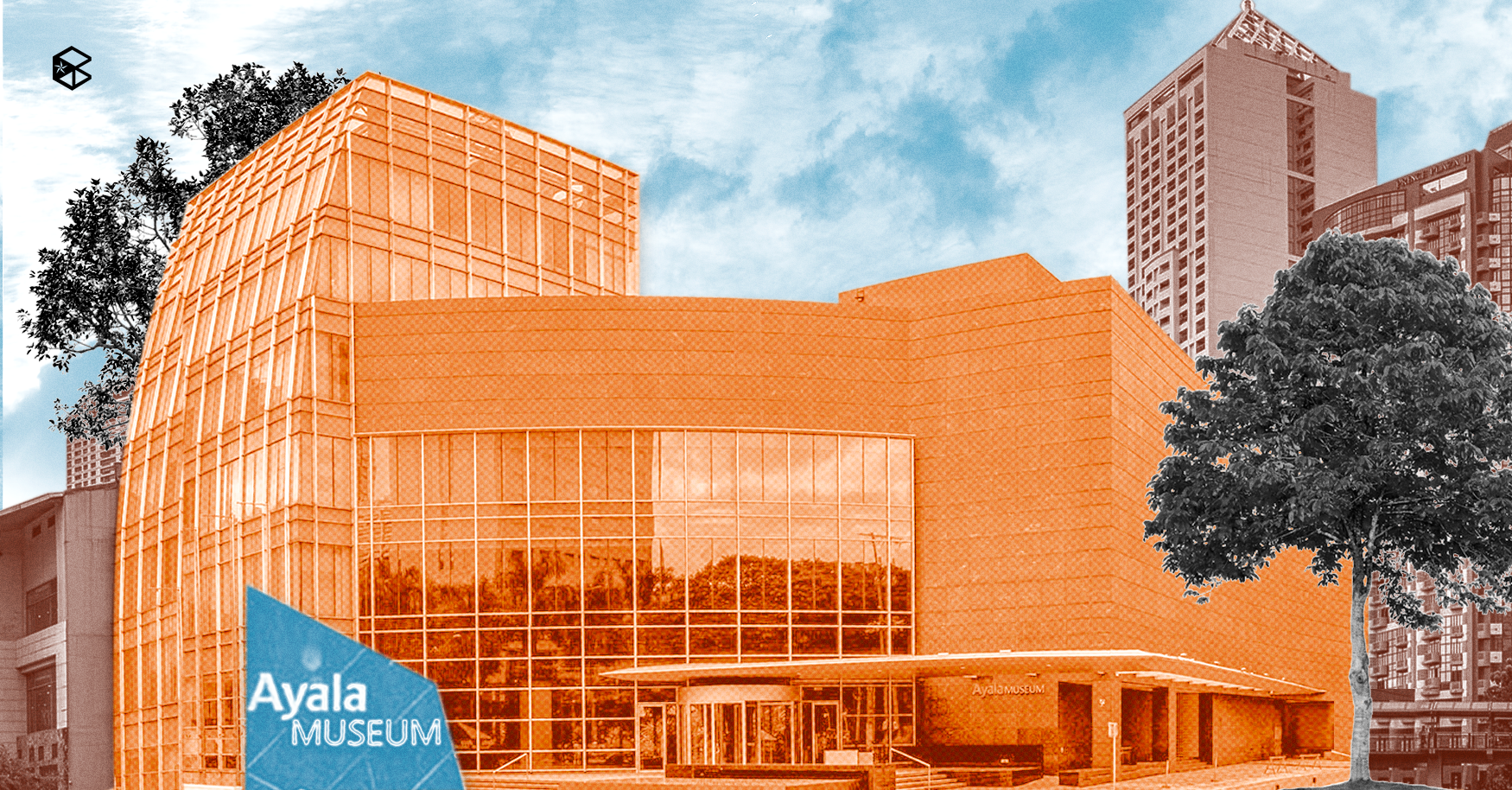
Ayala Museum
A private museum located in Makati, Manila, the Ayala Museum showcases both artifacts and artworks of significant historical and cultural significance. Combining both permanent and changing exhibits, the museum explores Filipino heritage through its carefully curated collection, displayed across the establishment's four floors.
Visitors can enter the museum every Tuesday through Sunday from 10 a.m. to 6 p.m. with an admission fee of ₱750 for general admission and ₱450 for discounted tickets, visitors are encouraged to book their tickets in advance via the official website. The museum is closed on Mondays, special holidays, and during special events. To stay updated on the museum's operations, visit their website or follow their social media pages on Facebook and Instagram.
More than mere museums and historical sites, these spaces provide a tangible connection to the Philippines' history and culture, creating a foundation rooted in the past to help guide us forward. Step inside any of these spaces and experience the connection firsthand.

